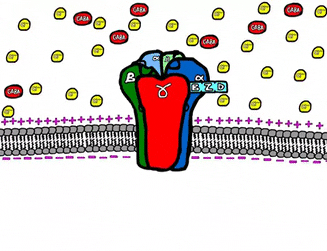Section outline
-

Introduction
Sedative-hypnotics are a class of drugs that cause a dose-dependent depression of the CNS function, inducing sedation, sleep, and unconsciousness with increasing dose. Agents in this class of drugs include benzodiazepines and Z-drugs, barbiturates, and melatonin agonists. Most of the sedative-hypnotic drugs affect GABAergic transmission, increasing the inhibition of neuronal excitability, with the exception of melatonin agonists, which act on hypothalamic melatonin receptors. Sedative-hypnotic drugs are used as anxiolytics, sedatives, muscle relaxants, anesthetics, and anticonvulsants. Common side effects result from excessive CNS depression and include confusion, drowsiness, somnolence, and respiratory depression. Long-term use of sedative-hypnotics is associated with a risk of dependence.
Learning Outcomes:
- Interpret the role of Sedative & hypnotic drugs
- Designate the agents having Sedative & hypnotic effects
Course Contents:
- Introduction
- Benzodiazepine
- Barbiturates
-
Google Meet Live Class Links:
Batch 23 B: Live Class-1,
Batch 23 PCA: Live Class-1,
Batch 23 PCB: Live Class-2,
